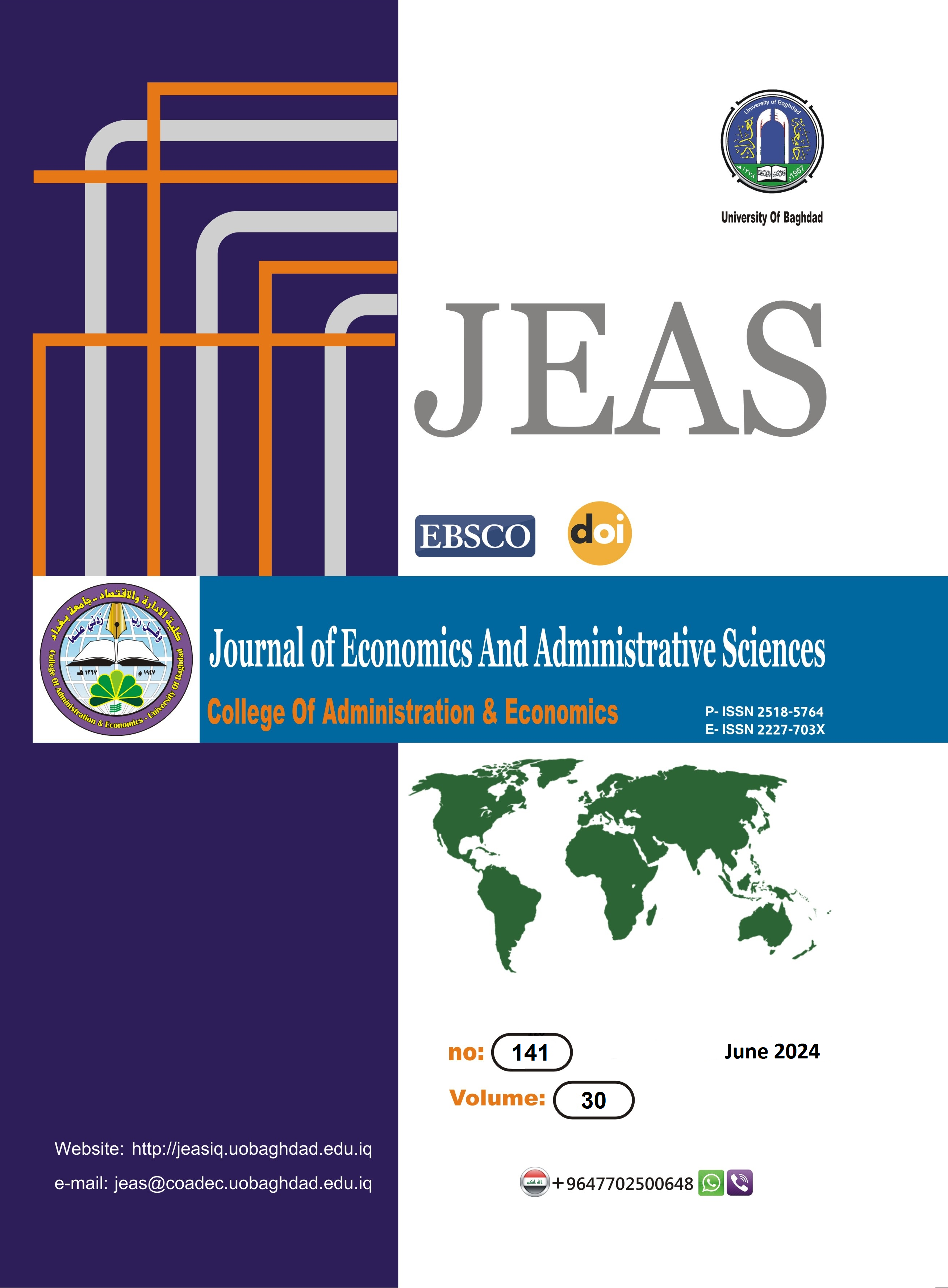Constructing a Hybrid Algorithm to Model the Physical and Chemical Inspection Station Data of the Shatt Al-Arab Waters*
DOI:
https://doi.org/10.33095/qe4m1z69Keywords:
Non-linear Data, nonparametric, KPCA, Fuzzy clustering, FCM.Abstract
The aim of this paper is to find a hybrid method between of statistical methods that deal with non-linear high-dimensions. The data often suffer from complexity and overlap problems in their mathematical functions. It is difficult to delineate or accurately determine the effect of each variable on the other, accordingly it was constructing a hybrid model between the KPCA and FCM methods. The KPCA method aims to address the problem of high-dimensional nonlinear data and reduce it by finding a kernel matrix that depends primarily on the smoothing parameter matrix that was estimated using the ROT method. Then, the FCM was adopted to obtain the clusters. This proposal was applied to the water sector in Basrah Governorate through a study of (8) stations for physical and chemical examination through (15) variables for the years (2019, 2020, 2021) and data were collected on a monthly basis. Through the application of this methodology, the paper was able to determine (7) Basic variables, which are (TH, Na, Cl, TDS, No3, EC, O_G). As for the stations, the overlapping stations between the clusters were identified, which are (SH1, SH2, SH3, SH4, E20, T34), as for the best degree of fuzziness it was (3.6) and the best number of clusters is (k = 3).
Downloads
Published
Issue
Section
License
Copyright (c) 2024 Journal of Economics and Administrative Sciences

This work is licensed under a Creative Commons Attribution-NonCommercial-NoDerivatives 4.0 International License.
Articles submitted to the journal should not have been published before in their current or substantially similar form or be under consideration for publication with another journal. Please see JEAS originality guidelines for details. Use this in conjunction with the points below about references, before submission i.e. always attribute clearly using either indented text or quote marks as well as making use of the preferred Harvard style of formatting. Authors submitting articles for publication warrant that the work is not an infringement of any existing copyright and will indemnify the publisher against any breach of such warranty. For ease of dissemination and to ensure proper policing of use, papers and contributions become the legal copyright of the publisher unless otherwise agreed.
The editor may make use of Turtitin software for checking the originality of submissions received.


























